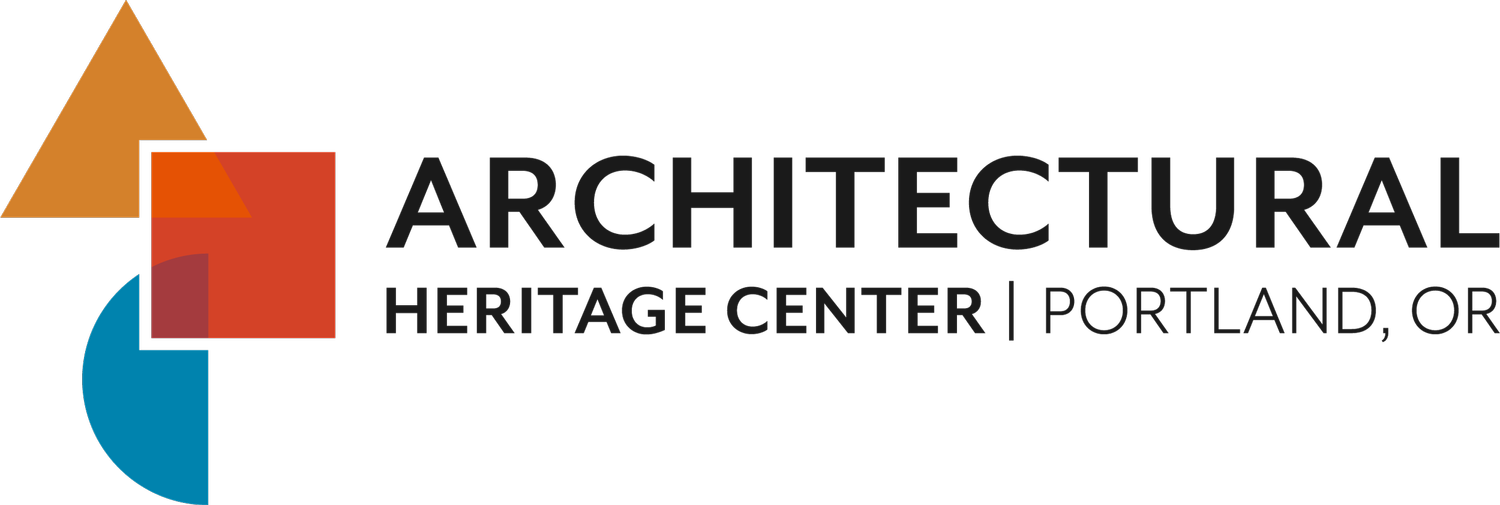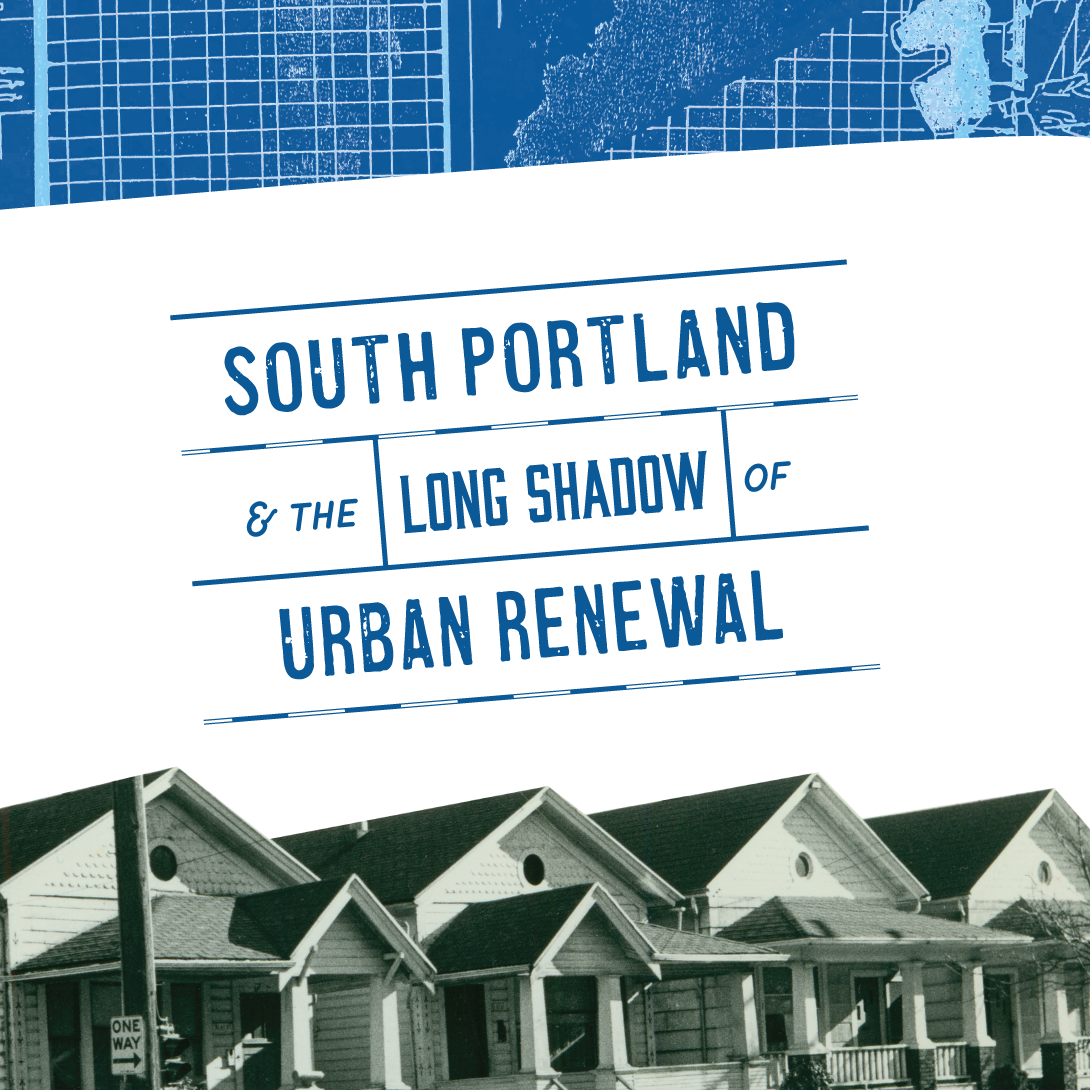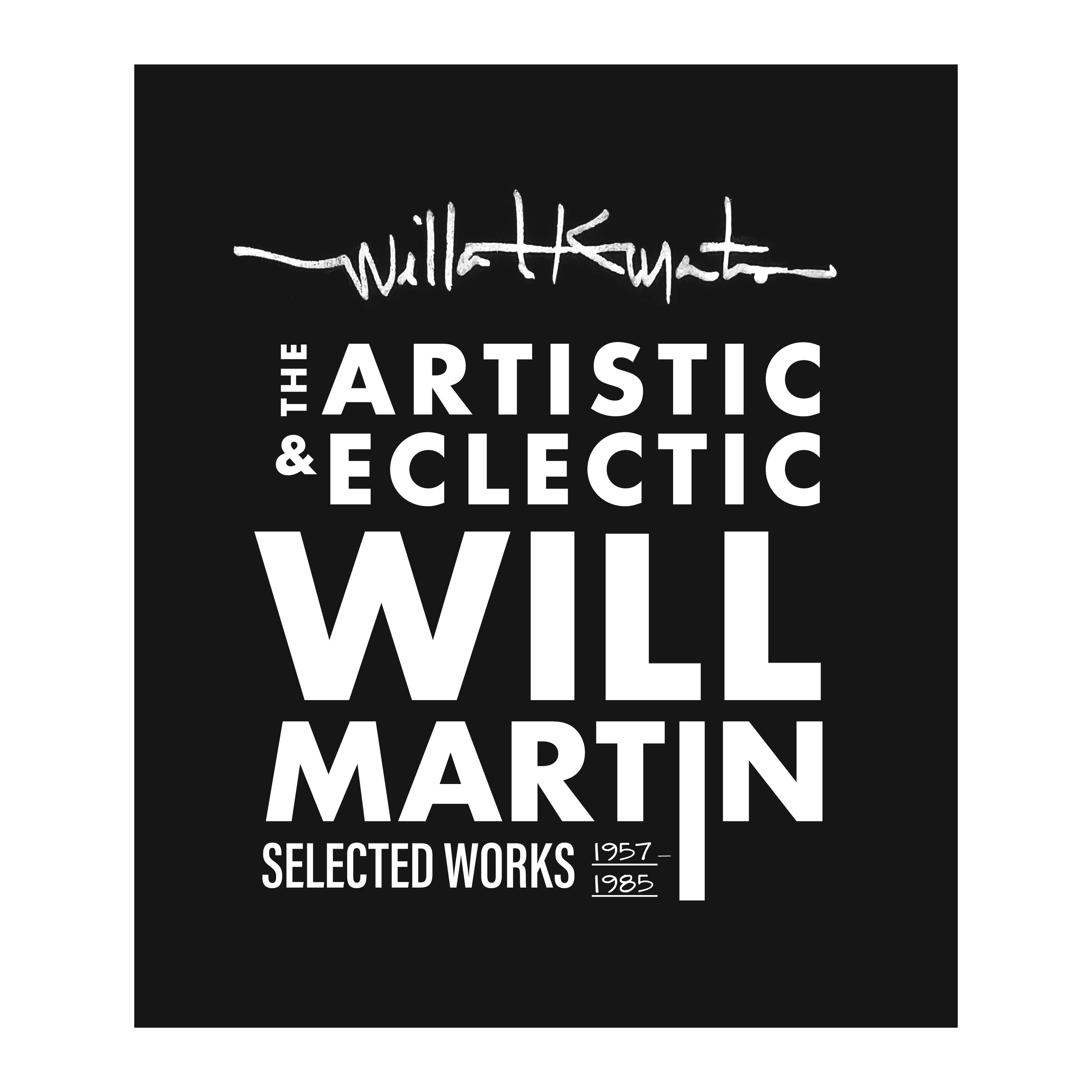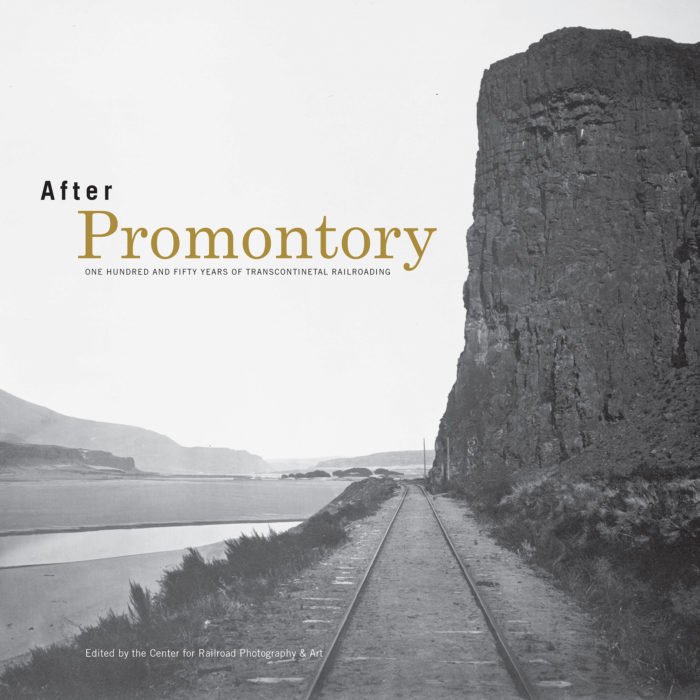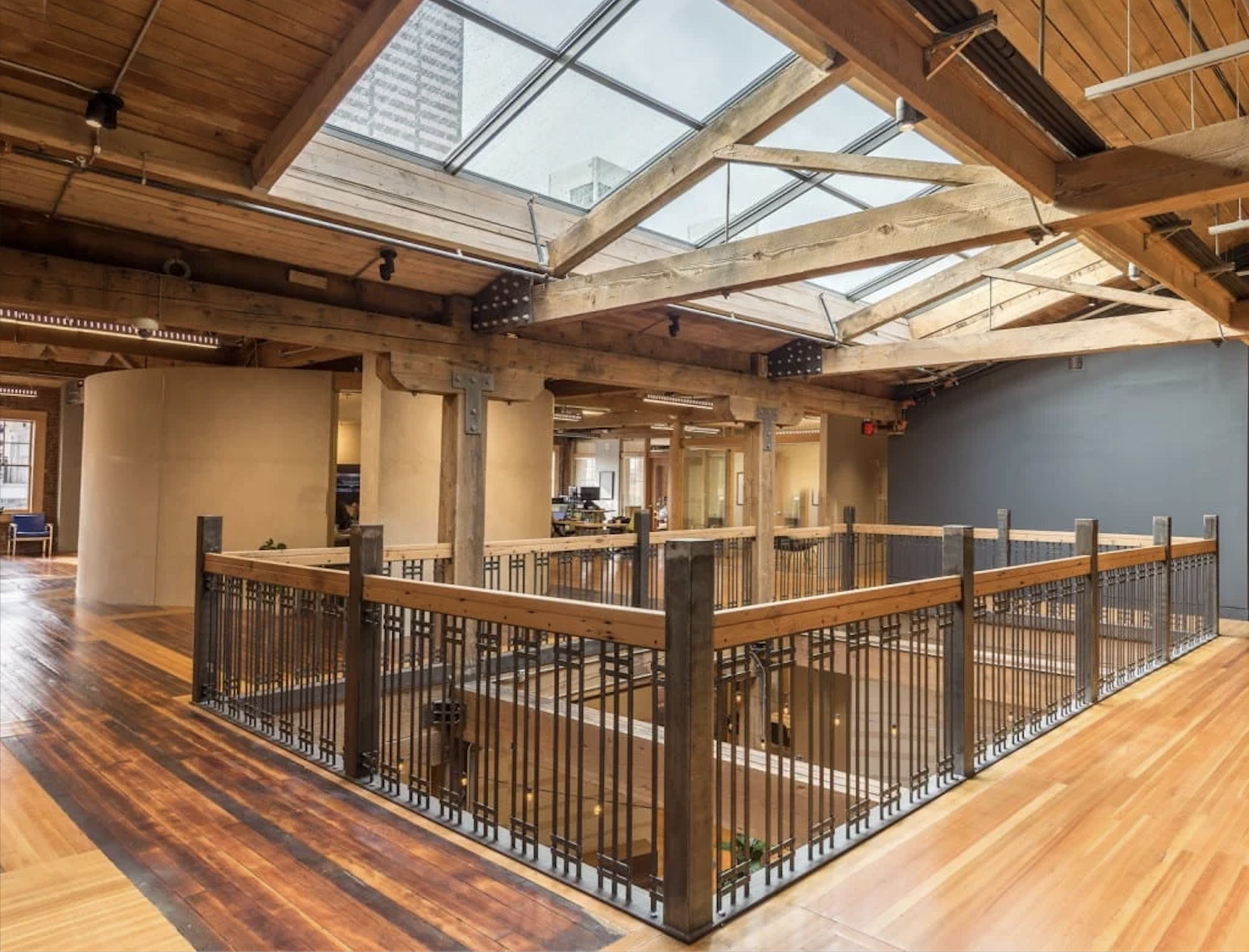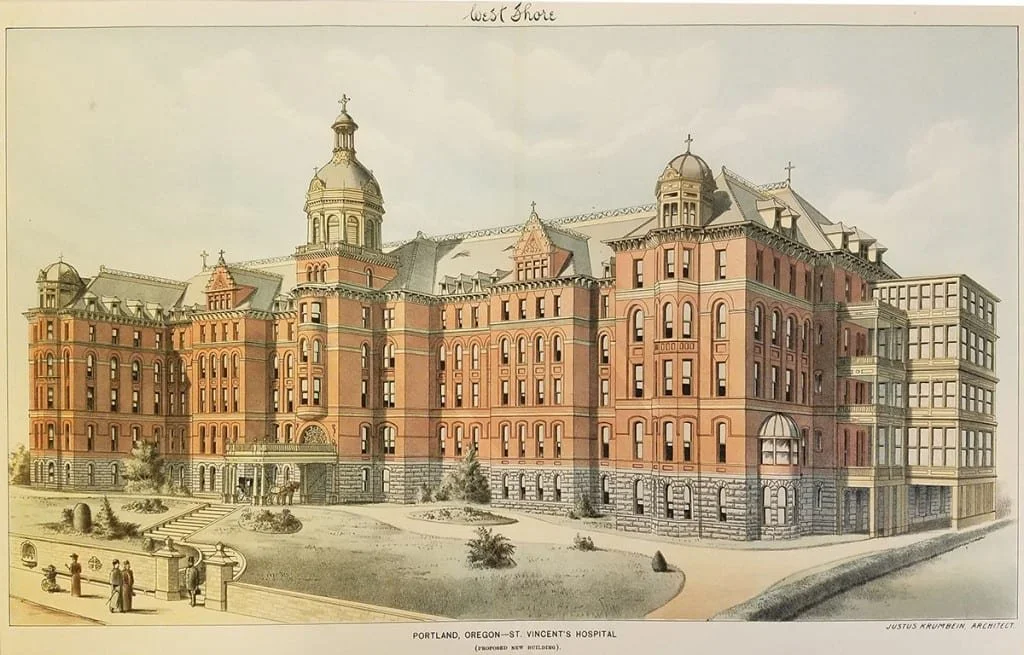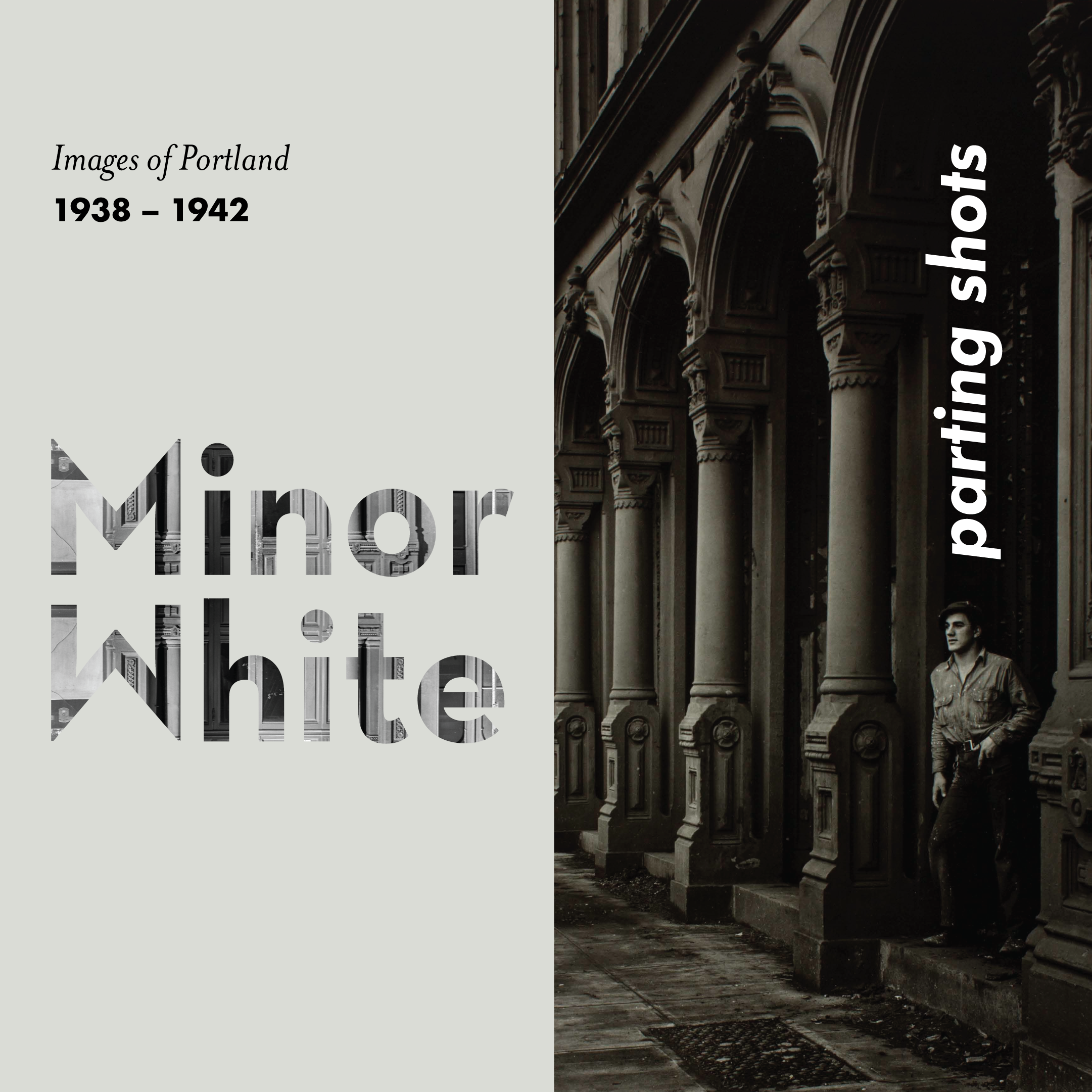PAST EXHIBITS
Closed June, 2025
The architecture of Portland’s Central Eastside, the neighborhood around our center, tells the story of this district’s past and the unfolding of its distinct character over time. This exhibit traces this history through the stories of 57 of its buildings. With the oldest buildings dating to the 1860s, the district’s architecture shows how it evolved from its marshy roots in the 19th century to become a booming center of industry and manufacturing to then develop into the ever-growing hub for design, IT innovation, maker spaces, and tourism that it is today.
This project was made possible by support from Central Eastside Together.
TOURING THE CENTRAL EASTSIDE
OLD FRIENDS, NEW ACQUAINTANCES: ARTIFACTS FROM THE AHC COLLECTIONS
Opened November 2022, Closed September 2025
The recent relocation of the storage of the Architectural Heritage Center’s vast collection of building artifacts in 2020 led to the “rediscovery” of some collections items that have rarely been displayed, if at all. Also on view for the first time are exciting new additions to our artifact and archival collections, kindly donated within the past few years. This exhibit shares a number of these new and fascinating acquisitions, including terra cotta lettering from the old Portland Union Stockyards, a grotesque creature that once adorned a downtown building, a slate roof shingle from the 1889 First Presbyterian Church, a railroad freight depot blueprint, and much more.
This exhibit also features a video about a terra cotta grotesque and an accidental discovery that led to its identification – click here to view the video.
WILBERT P. LEI: MID-CENTURY IDEALS RENDERED IN WATERCOLOR
Opened April 2024
Wilbert P. Lei (1909-1960) was a highly skilled architect as well as a watercolor artist. Lei mastered the technique of how a building would look in its future surroundings and somehow made the ordinary appear extraordinary. This style of perception became popular in the twenty years following WWII and established the Mid-Centruy Modern era.
The AHC is pleased to draw renewed attention to Lei's artistry and contribution to Oregon's architectural heritage.
Opened October 2022
There are a number of reasons why buildings and other development projects never get beyond the concept or planning phase. This exhibit explores a variety of never-built Portland-area projects, from a massive housing and marina project in St. Johns, to a 15-story addition to the Masonic Temple – now better known as the Portland Art Museum’s Mark Building. Other unbuilt projects include a would-be shopping mall in Linnton or a variety of plans that would have forever altered downtown or dissected the city through road construction and other public works projects. As the exhibit shows, some of the city’s most prominent architects including A. E. Doyle and Will Martin, had projects that never made it beyond the drafting table. Through architectural drawings, plans, reports, and promotional materials from the Architectural Heritage Center library, the exhibit shows a Portland that might have been.
UNBUILT: PORTLAND THAT NEVER WAS
BETTY CHILSTROM AND THE ART OF PRESERVATION
Opened September 2023
Betty Chilstrom (1924 – 2014) was a longtime resident of southeast Portland who over the course of several decades painted depictions of Portland area houses, buildings, industrial sites, and bridges as her way of documenting the beauty of the built environment around her. Many of the places Betty painted, such as the Captain Brown House, were later demolished despite the efforts of local activists, leaving the paintings as a visual archive.
In this new exhibit, the AHC offers a glimpse of the breadth of Betty Chilstrom’s work, from residences and commercial buildings long-since demolished to some recognizable preservation stories, this exhibit not only demonstrates Betty’s skill as an artist, but also shows that there are different ways of preserving what we love about this city.
MID-CENTURY MODEST: POSTWAR HOUSING AND THE GROWTH OF SOUTHEAST PORTLAND
October 2022 - September 2023
In the first half of the 1950s, Portland witnessed explosive growth in new house construction. New neighborhoods popped up across the metropolitan area, particularly on the edges of town and often beyond the city limits. With financing secured through the Federal Housing Administration or the GI Bill, many white working-class families found that for the first time they had the opportunity to own their own homes. At the same time, however, African Americans were all but excluded from this system.
Mid-Century Modest gives a glimpse at some of these new houses constructed in Southeast Portland during this boom period. Each of the twelve featured houses had a different builder and they represent eleven different subdivision developments. These new houses were distinctively modern and featured some of the latest amenities, like built-in dishwashers and attached garages. However, most were otherwise modest in appearance, size, and affordability.
The house photos are from a collection of more than 400 photographs taken between 1952 and 1955, by or on behalf of Robert Johnstone, who was a realtor in Portland from the 1940s until his death in 1986. Johnstone worked with two major Portland real estate firms during this period, Henry F. English and the City Realty Co. Both companies regularly advertised homes for sale in local newspapers, including several featured in this exhibit.
The collection was donated to the Architectural Heritage Center by Ken Hawkins in 2022.
June - October 2022
Black Domain, a photographic exhibit by Portland-based artist Intisar Abioto, explores places of home, worship, creativity, and healing through environmental portraits of Black Portlanders and Oregonians. Focusing on sites of architectural, cultural, and historical relevance to Black communities, Abioto’s photographs capture the spirit of Black domain as sanctum, rejuvenation, and liberation experienced by generations of Black people in Portland and in Oregon.
The exhibit is a visual complement to the Bosco-Milligan Foundation/Architectural Heritage Center’s research, documentation, and advocacy about places of Portland’s Black history as well as the many community histories about Black place. In this project, Abioto documents, through her eyes, the homes, small businesses, community centers, and other sites whose deep cultural meaning illuminates their architectural significance.
Organized by the Architectural Heritage Center, Black Domain is the largest solo exhibit to date of the work of Abioto (b. Memphis, 1986), a multidisciplinary artist who works across photography, dance, research, and writing. Recently featured in The New York Times, she helped document places of historic relevance to Portland’s Black communities, a project accepted into the National Register of Historic Places in 2020.
Also on view is Northeast Voices, a two-part video series with intergenerational members of Portland’s black community discussing neighborhood history and change, recorded at Dean’s Beauty Salon and Barber Shop earlier this year. The full videos, “Northeast Conversations” part 1 and 2 are available on our YouTube channel.
Exhibit support generously provided by the James F. & Marion L. Miller Foundation, the Regional Arts & Culture Council, The Van Evera and Janet M. Bailey Fund of the Oregon Community Foundation, The Kinsman Foundation, Multnomah County Cultural Coalition, the Oregon Arts Commission, and the Cathy Galbraith Educational Endowment. “Northeast Voices” video dialogues made possible in part by Oregon Humanities.
BLACK DOMAIN
SOUTH PORTLAND AND THE LONG SHADOW OF URBAN RENEWAL
November 2020 – August 2021
This original AHC exhibit examines the rise, fall, redevelopment, and future of South Portland.
In 2020, a section of Portland near the Willamette River and south of downtown was re-designated as the city’s new “South” quadrant, mostly aimed at making it easier for people to navigate the area. This designation alludes back to an era in the first half of the last century when this area and the surrounding neighborhoods were part of the city’s most ethnically diverse community—and commonly referred to as South Portland.
This exhibit looks at the logic and motivations of city leaders, beginning in the 1950s, whose redevelopment efforts focused on the future at the expense of the city’s past and present. These ambitions and impacted residents, businesses, and property owners in one of the city’s most diverse neighborhoods. But it also steered a stagnant, conservative city toward a modernist and meticulously planned aesthetic.
Today, a portion of the former urban renewal area is a National Register Historic District while nearby, what remains of the old neighborhood survived decades of change and is also designated historic. South Portland and the Long Shadow of Urban Renewal shows how new places can eventually become historic, while also shedding light on some present-day aspirations for the city that may transform the area once again.
Learn more about the history of South Portland in our online series.
This exhibit is presented with generous support from the Oregon Heritage Commission and the Cathy Galbraith Educational Endowment.
Companion Exhibit
The Oregon Jewish Museum and Center for Holocaust Education (OJMCHE) is presenting a companion exhibit on the famed landscape architect Lawrence Halprin, opening June 23. As part of South Portland’s urban renewal, the Portland Development Commission invited Halprin to design a series of fountains downtown, which is now the renowned Portland Open Space Sequence. OJMCHE and AHC members will receive free reciprocal admission to both the Lawrence Halprin and South Portland exhibits.
Image Caption: Portland Cigar Box Manufacturing Co. (c.1900), Norm Gholston Collection
November 2020 – December 2021
This original AHC exhibition on the historic city of East Portland focuses on the period from the 1840s to the 1910s. It explores the people who lived there, the impact of the arrival of the railroad and industry, and the changing landscape that in the course of only a few decades turned a flood zone into a thriving city.
What we think of today as Portland covers a broad swath of land on both sides of the Willamette River. In the late 19th century, that same area contained several mostly independent communities, including Albina, St. Johns, Sellwood—and East Portland, a small city on the eastern shore of the river roughly bounded by Division Street to the south, 12th Avenue to the east, and Sullivan’s Gulch to the north. While people had lived in this area for far longer than recorded history, East Portland only existed as an official city for two decades before merging with Portland and Albina in 1891. Learn more in this Lost Oregon blog post.
Exhibits presented with support from The Jackson Foundation and the BNSF Railway Foundation.
East Portland: A Changing Landscape, a Forgotten City
PRACTICAL AND ARTISTIC: THE LIFE AND WORK OF ARCHITECT CHARLES HOWARD KABLE
Image Caption: A bungalow by Charles Howard Kable, c. 1909
Fall 2021
Charles Howard Kable moved to Portland in 1905 from Illinois a few years after he completed his architecture degree at the University of Illinois. He spent over four decades working on buildings in Portland and around Oregon. He worked on projects ranging from the well-known, like an addition to the Meier & Frank Department Store in downtown, to modest small town banks and residences throughout Portland and beyond.
Support for this exhibit comes from Charles Reifsteck, an architect in Illinois who is a member of the same college fraternity as C. Howard Kable, and from Charles Howard Kable’s granddaughter, Mollie Hunt. In 2013, Mollie generously donated and allowed us to scan a collection of C. Howard Kable’s papers, photos, and glass plate negatives. It is this collection that made the exhibit possible and that has shed new light on Kable’s work in Portland and beyond.
July 24-October 9, 2020
Through the work of Portland photographer Tom Cook, this exhibit presents Darcelle XV in the historic interior of the Elmer and Linnie Miller Residence. Cook’s portrait series captures the unique character of the 1896 Queen Anne style house and its longtime owner, Walter Cole, best known as the female impersonator and performer Darcelle XV. The home’s décor has taken on the lavish style of Darcelle XV while still maintaining its original layout and details. Among the house’s features are stained glass windows created by Jerry Bosco and Ben Milligan, glass artists, work and life partners, and founders of the Bosco-Milligan Foundation, under which the Architectural Heritage Center operates. Over the years the house has been the site of numerous gatherings, including political activist and gay rights events. Although the residence is recognized as an outstanding example of Queen Anne style residential architecture, this exhibition shows the indelible mark that Darcelle has left on the home.
Click here to see the video Cook produced in partnership with the AHC featuring the images from the exhibit and interviews with Walter Cole, Darvell XV.
This exhibit coincides with the recent listing of the Miller Residence in northeast Portland in the National Register of Historic Places and the nomination of the Darcelle XV drag club as the first LGBTQ site in Oregon to be proposed for the National Register.
Exhibit presented with support from the Cathy Galbraith Educational Endowment. Contributing sponsors: Robert Mercer and James Heuer
DARCELLE XV AT HOME
THE ARTISTIC AND ECLECTIC WILL MARTIN: SELECTED WORKS, 1957-1985
November 2018 – July 2019
This original exhibition about the Portland and Oregon architect Will Martin (1930-1985), best known as the lead designer of Pioneer Courthouse Square, captures the full range of Martin’s creative and unconventional work as an architect, artist, and imaginative thinker. The exhibition demonstrates the vibrant fusion between art and architecture as it played out in Martin’s built and unbuilt work across the eras, from his earliest structural explorations in the late 1950s and 1960s, his modernist commercial and residential work integrated with natural landscapes, and his embracing of postmodernism prior to his untimely death in 1985. Drawing on the AHC’s holdings and loans to display some work publicly for the first time and other work for the first time in more than twenty-five years, the exhibition presents the breadth of Martin’s output, including rough sketches and renderings, architectural models, paintings, and sculpture, to show how Martin’s wide-ranging interests, from botany and the environment to local history and humor, found expression in his projects. The exhibition is a close look at an architect whose work and career can be reassessed thirty years after his last built project.
The exhibition was generously supported by the Graham Foundation for Advanced Studies in the Fine Arts, the James F. and Marion L. Miller Foundation and the Rose E. Tucker Charitable Trust. The Presenting Corporate Sponsor for the exhibition is Soderstrom Architects.
AFTER PROMONTORY: 150 YEARS OF TRANSCONTINENTAL RAILROADING
November 1, 2019 – April 25, 2020
ON MAY 10, 1869, TWO RAILROADS joined in a lonely desert of northern Utah, at a place called Promontory. On that day, dignitaries from both companies—the Central Pacific, which had built from California, and the Union Pacific, which had built from the east—gave speeches and installed ceremonial last spikes.
To mark the 150th anniversary of the beginning of this era, the Center for Railroad Photography & Art (Madison, WI) launched a special project, After Promontory: 150 Years of Transcontinental Railroading. This initiative includes a traveling exhibition that examines the significance and lasting impact of the transcontinental railroads on the American West. The AHC is currently the only venue in Oregon where the exhibit will be shown.
The exhibition features photographs by some of the most accomplished photographers in the nation’s history, artists such as William Henry Jackson, Timothy H. O’Sullivan, and Carleton E. Watkins. These images illustrate how railroads profoundly reshaped the human geography of the West.
Image Caption: The Overland Warehouse renovation and seismic work by Emerick Architects is featured in AHC’s current pop-up exhibit
September 7-21, 2018
Unreinforced Masonry (URM) buildings present a challenge for earthquake-prone communities. There are over 1,650 URM buildings in Portland and millions around the world. These structures are important historic, architectural, cultural, and economic landmarks, but their vulnerability to earthquakes imperils these buildings and the people in them. The AHC presents this exhibit from a recent URM Seismic Resilience Symposium held in Portland. The series of panels showcase award-winning seismic upgrades to historic structures in Portland and elsewhere.
POP-UP EXHIBIT: Unreinforced Masonry and Seismic Resilience
ARCHITECTURAL IMAGERY
March 2 – October 13, 2018
This display of imagery is predominantly from The West Shore magazine, published in Portland from 1874-1891 by German immigrant Leopold Samuel. In 1878 Samuel began adding lithographic illustrations to the magazine – artwork that was produced by the West Shore’s own in-house artists from drawings and photographs of buildings throughout the Pacific Northwest. The West Shore was not alone in creating this type of imagery: Harper’s Weekly and the Oregonian Newspaper are also represented, as is the work of artist Rockwell Carey.
All of the prints on display were generously donated to the AHC by Bill Hawkins in 2013.
SELLING THE ROSE CITY: PORTLAND SOUVENIRS AND THE IMAGERY OF PLACE
March 2 – October 13, 2018
Part historical journey, part nostalgia, and part kitsch, Selling the Rose City presents material objects that for more than a century have promoted and celebrated Portland as a place. From hotel stationery to buttons, pocket mirrors to ashtrays, snow globes to games, this exhibit shows how items of all kinds have been used to “sell” the city and its architecture. Selling the Rose City explores this topic by looking at the earliest examples of Portland souvenirs, the rise of the mailed postcard, how real estate speculation and civic boosterism were bolstered through objects, the 1905 Lewis & Clark Exposition and the explosion of Portland mementos, and the marketing of Portland’s built spaces to the public today. Whether known as the Rose City, Stumptown, Portlandia, or by another moniker, Portland over time has been Selling the Rose City with a visual buffet of objects and ephemera.
Selling the Rose City presents items from the Bosco-Milligan Foundation collection. Thank you to the following for their generous object loans or donations to the exhibit: Philip Austin, Steve Dotterrer, Steve Franks, Norm Gholston, Robert and Candice Jordan, Denyse McGriff, John Maternoski and Portland Design Events, Marie and Tom Spence, Ryan Widell/Ben Vickers/Steve Mika and PDXoriginals, Bill Wright, and Travel Portland.
Selling the Rose City is presented with support from AHC members. The exhibit is curated by Val Ballestrem, AHC Education Manager, with exhibit construction by Doug Magedanz, AHC Collections Curator.
March 2017- December 2017
Parting Shots examines nationally renowned 20th-century photographer Minor White, focusing on some of his earliest work when he was in Portland between 1938-1942 to photograph the city, from its economically depressed downtown to its opulent mansions. White’s captivating images document a city on the verge of change during the World War II era and serve as one of the few visual records of some of the city’s most significant architecture prior to its eventual demolition. For the first time, at the Architectural Heritage Center, White's photographs are presented alongside architectural artifacts rescued from many of the commercial and residential buildings that appear in his images and that are drawn from the Bosco-Milligan Foundation/Architectural Heritage Center's permanent collection. White’s work prompts us to think about how we should document and preserve historic buildings today, especially those at risk of demolition, and the power of the photograph in depicting our architectural heritage.
